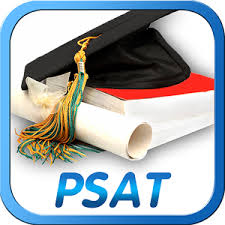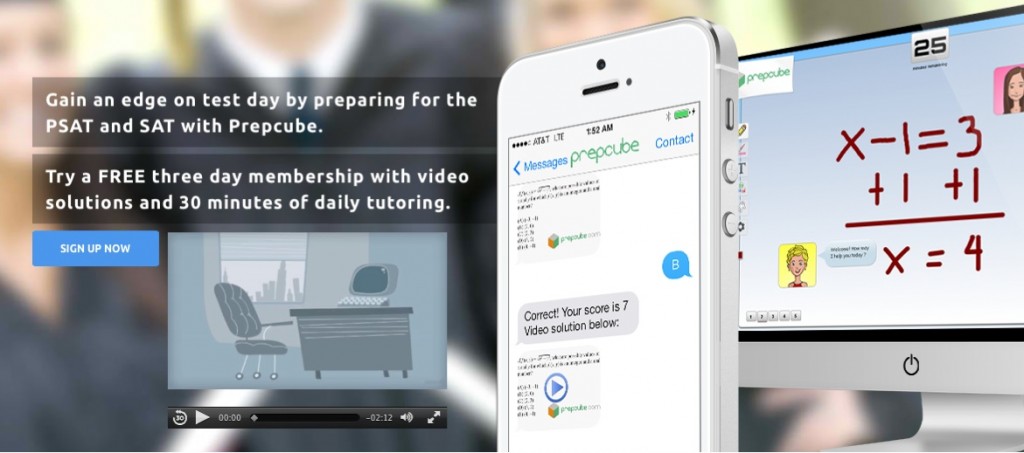 In the National Merit® Scholarship Program, three types of Merit Scholarship® awards are offered to Finalists: National Merit $2500 Scholarships, corporate-sponsored Merit Scholarship awards, and college-sponsored Merit Scholarship awards. Special Scholarships are awarded to outstanding students who are not Finalists and meet a corporate sponsor’s criteria. In the National Achievement® Scholarship Program, two types of scholarships are offered: National Achievement $2500 Scholarships and corporate-sponsored Achievement Scholarship awards.
In the National Merit® Scholarship Program, three types of Merit Scholarship® awards are offered to Finalists: National Merit $2500 Scholarships, corporate-sponsored Merit Scholarship awards, and college-sponsored Merit Scholarship awards. Special Scholarships are awarded to outstanding students who are not Finalists and meet a corporate sponsor’s criteria. In the National Achievement® Scholarship Program, two types of scholarships are offered: National Achievement $2500 Scholarships and corporate-sponsored Achievement Scholarship awards.
Today, however, I want to focus on the merit awards a finalist can receive from the colleges. This is where the big awards appear. And it’s also why the PSAT just might be more important than the SAT.
Why put so much focus on the PSAT?
By outscoring others in your state, your student can become a National Merit Semi-Finalist. In order to do this, they don’t have to necessarily have a perfect score. They have to score as well or better than the state index. By outscoring others in your state, you can become a semi-finalist. Your goal is to beat the state index which isn’t as difficult as you might think since most students don’t study or prepare for the test. For a list of state index scores click here.
How does your student become a National Merit Finalist?
After being chosen as a semi-finalist, there is a 96% chance of becoming a finalist. The only students who do not move up to finalist rank are those who do not submit any information about themselves, do not have good grades, do not take the SAT, or fail to score well on the SAT.
What type of awards are we talking about?
When your student completes the semi-finalist paperwork they will indicate the college of their choice. Only one college can be selected, however; be thoughtful when making the selection. Colleges who have money set aside for the finalists will use merit aid to entice your student to attend: full tuition, room and board, books and fees, laptops, study abroad and even spending money. They will also offer automatic entrance into the honors college, the best housing and priority registration until graduation.
As you can see, with all this at stake, it makes sense for your student to put a great amount of focus on studying and preparing for the PSAT.
For a great explanation on the importance of the PSAT for students and how parents can help, listen to Celest Horton’s podcast on How to Pay for College HQ: Paying for College With Debt-Free Strategies.








 Happily, two Auburn University grads saw the need and started Bellhops to solve the mass moving needs on college campuses in a short time period. They provide college kids for small-scale moving help all over the country. In fact, they are operating in 121 cities. They have over 100 student ‘Bellhops’ in each of their cities which allows you to book them on-demand. Instead of creepy day laborers or craigslist strangers, Bellhops are just great college kids that are ready to treat you like family and take care of your grunt work.
Happily, two Auburn University grads saw the need and started Bellhops to solve the mass moving needs on college campuses in a short time period. They provide college kids for small-scale moving help all over the country. In fact, they are operating in 121 cities. They have over 100 student ‘Bellhops’ in each of their cities which allows you to book them on-demand. Instead of creepy day laborers or craigslist strangers, Bellhops are just great college kids that are ready to treat you like family and take care of your grunt work. If you have more than one child, odds are they are different. One may excel academically and the other may struggle. Parenting both types of students is a challenge for parents, especially if there is competition among the two. I know. I had one of each in my home for 18+ years.
If you have more than one child, odds are they are different. One may excel academically and the other may struggle. Parenting both types of students is a challenge for parents, especially if there is competition among the two. I know. I had one of each in my home for 18+ years.
